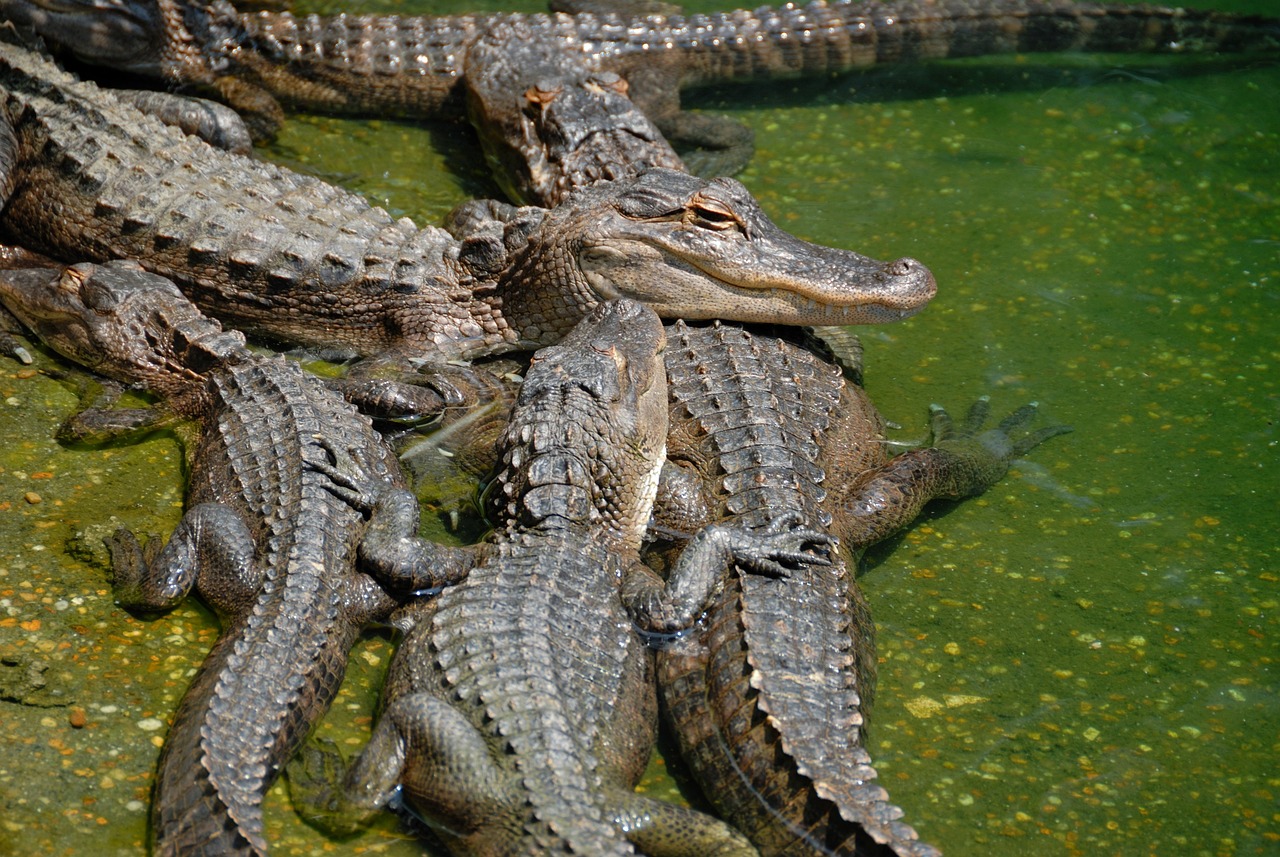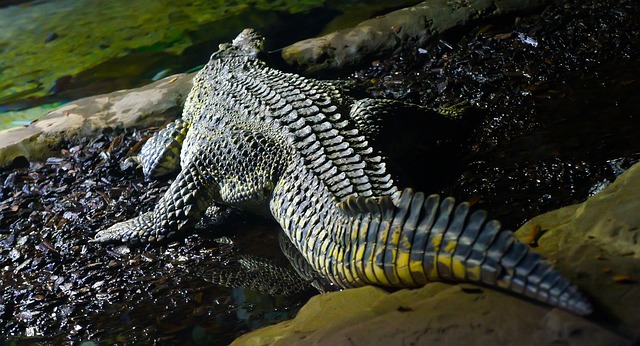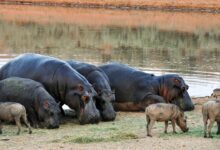Alligators: The Fascinating World of the Ancient Predators of the Swamp

Alligators are large, semi-aquatic reptiles that are found in the southeastern United States and Mexico. They are closely related to crocodiles, but they have a shorter snout and broader head. They are apex predators and play an important role in the ecosystems they inhabit.
Table of Contents
Introduction
Alligators are an important part of the ecosystems they inhabit. They help to control populations of prey animals and they also provide food for other animals, such as birds of prey and bears. However, they are also facing a number of threats, including habitat loss, hunting, and the illegal pet trade. We need to do everything we can to protect them and their habitats.
Scientific Name
Alligators belong to the order Crocodylia, which also includes crocodiles, caimans, and gharials. There are two species of alligators: the American alligator (Alligator mississippiensis) and the Chinese alligator (Alligator sinensis). These reptiles have evolved unique features that enable them to thrive in aquatic environments.
Types of Alligators
While both American and Chinese alligators belong to the same family, they inhabit distinct regions and possess subtle differences in appearance and behavior. American alligators are found in the southeastern United States, while Chinese alligators inhabit parts of China.
Evolution
Alligators boast a remarkable evolutionary history that dates back millions of years. Fossil evidence paints a vivid picture of their journey from ancient ancestors to the formidable reptiles we recognize today. Their lineage offers insights into the Earth’s past, as alligators have managed to endure and adapt over numerous geological eras.
Behavior
Alligators are iconic apex predators, playing an essential role in maintaining the equilibrium of their ecosystems. These reptiles are characterized by their patience and stealthy nature when hunting. By lurking just beneath the water’s surface, they ambush unsuspecting prey, using their powerful jaws and sharp teeth to secure a meal.
Habitats
Alligators are most commonly associated with freshwater habitats, particularly swamps, marshes, rivers, and lakes. Their ability to seamlessly transition between land and water, coupled with their remarkable swimming prowess, makes these wetland environments ideal for their survival.
Diet
The alligator’s diet consists of a variety of prey, including fish, amphibians, birds, and mammals. This adaptable palate ensures that they can secure sustenance regardless of changes in their surroundings. Their ability to consume different types of prey contributes to their resilience as apex predators.
Predators and Threats
Despite their formidable appearance, alligators are not without natural predators. Large birds of prey, such as eagles and storks, may pose a threat to juvenile alligators. However, adult alligators face fewer predators, with humans and larger crocodiles being the primary concerns.
Reproduction and Lifespan
Alligators reproduce through internal fertilization. Female alligators construct nests made of vegetation, mud, and other materials to incubate their eggs. The temperature at which the eggs are incubated determines the gender of the hatchlings. Once hatched, the mother alligator takes on the task of protecting and caring for her young, ensuring their survival.
Conservation Status and Population
The American alligator’s conservation status has improved over the years, with conservation efforts leading to a rebound in its population. These efforts have resulted in the American alligator being classified as a species of “least concern” by the International Union for Conservation of Nature (IUCN). However, the Chinese alligator remains critically endangered due to habitat loss and human encroachment.
FAQs
- Are alligators dangerous to humans?
They can be dangerous if provoked or if they feel threatened. It’s important to exercise caution and avoid approaching them in their natural habitats.
- Can alligators survive in saltwater?
While primarily freshwater animals, alligators can tolerate brackish water for short periods.
- Do alligators hibernate?
Alligators do not hibernate like some other reptiles; instead, they enter a period of reduced activity during colder months.
- How long do alligators live?
Alligators in the wild can live up to 35-50 years, while those in captivity can exceed 60 years.
- Can alligators run on land?
They can move on land but are more agile and efficient swimmers.
Conclusion
These reptiles are fascinating relics of a bygone era, continuing to captivate our imagination with their powerful presence and ancient origins. Their ability to adapt, hunt, and thrive in their wetland habitats showcases their resilience as apex predators. As we strive to protect and coexist with these remarkable reptiles, we ensure a future where they continue to command our respect and awe.






